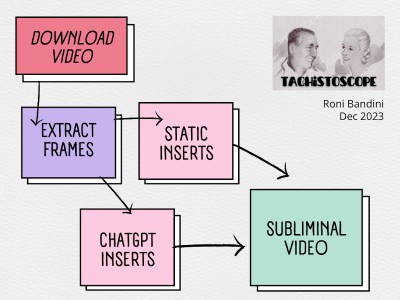While it might not seem like it to a novice, music turns out to be a highly mathematical endeavor with precise ratios between chords and notes as well as overall structure of rhythm and timing. This is especially true of popular music which has even more recognizable repeating patterns and trends, making it unfortunately an easy target for modern generative AI which is capable of analyzing huge amounts of data and creating arguably unique creations. This one, called Suno, does just that for better or worse.
Unlike other generative AI offerings that are currently available for creating music, this one is not only capable of generating the musical underpinnings of the song itself but can additionally create a layer of intelligible vocals as well. A deeper investigation of the technology by Rolling Stone found that the tool uses its own models to come up with the music and then offloads the text generation for the vocals to ChatGPT, finally using the generated lyrics to generate fairly convincing vocals. Like image and text generation models that have come out in the last few years, this has the potential to be significantly disruptive.
While we’re not particularly excited about living in a world where humans toil while the machines create art and not the other way around, at best we could hope for a world where real musicians use these models as tools to enhance their creativity rather than being outright substitutes, much like ChatGPT itself currently is for programmers. That might be an overly optimistic view, though, and only time will tell.

















